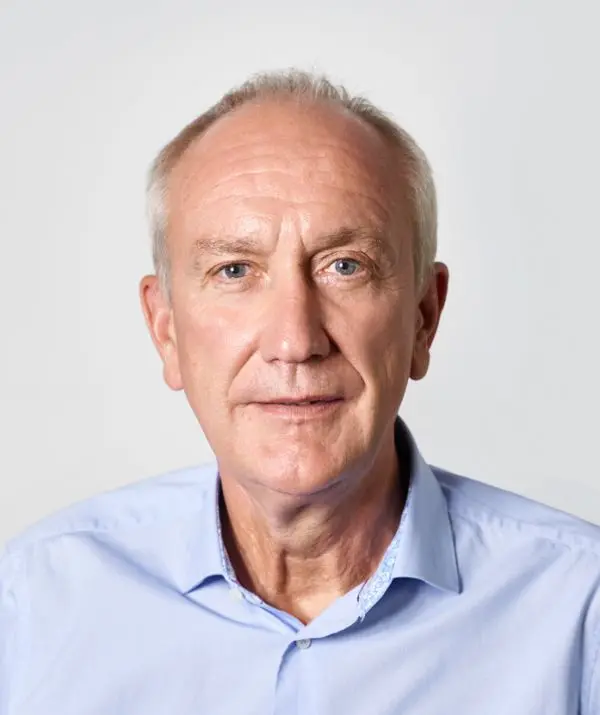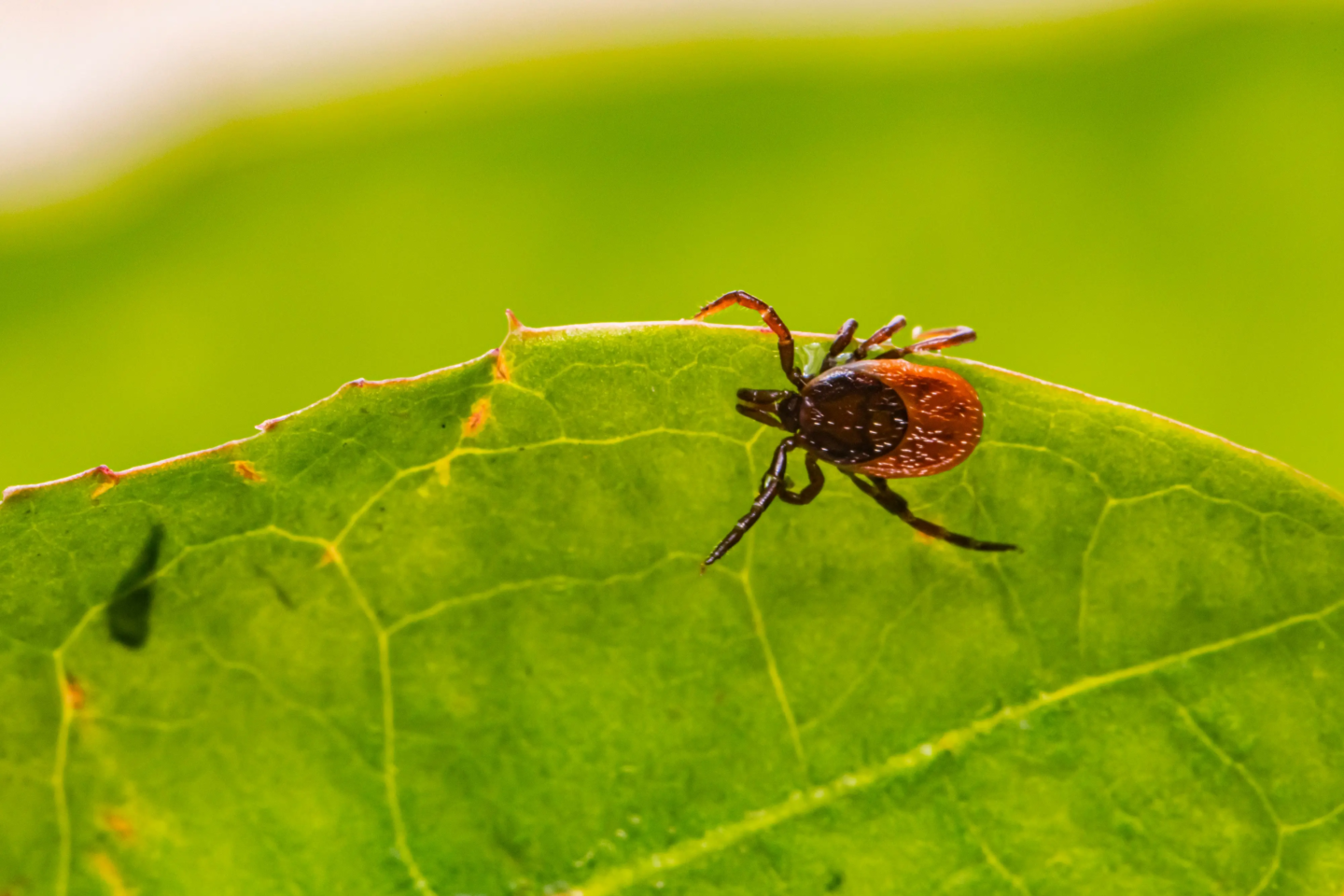How Bioxodes is rewriting the rules of haemorrhagic stroke treatment

Bioxodes is developing a first-in-class stroke therapy, derived from tick saliva, to reduce brain damage in intracerebral haemorrhage (ICH) and address a major unmet medical need.
Founded: 2013
Funding: €37M raised
Phase 1: Completed (healthy volunteers)
Phase 2a: Ongoing (ICH patients)
Orphan status: FDA & EMA (ICH)
A tick saliva molecule to rescue lives after ICH
A 60-year-old man collapses while gardening. He has a history of high blood pressure but rarely visits his doctor. Neighbours find him confused and unable to move his right side. An ambulance rushes him to the nearest hospital, where doctors deliver a life-altering diagnosis: he has suffered an intracerebral haemorrhage, a type of stroke caused not by a blockage, but by bleeding inside the brain. The first few hours are critical. But unlike ischemic stroke, where clot-busting drugs offer a chance at recovery, there’s no approved treatment to stop the secondary brain damage now setting in.
In the ICU, physicians do their best to manage the swelling and limit damage, but they’re working against the clock, and with few options.
This is the exact scenario that Belgian biotech Bioxodes hopes to change with BIOX-101, an experimental drug born from an unlikely biological source: tick saliva.

Stopping deadly brain inflammation
When the Ixodes ricinus tick feeds on a host, it releases saliva containing powerful molecules that prevent blood clotting and suppress inflammation, helping it feed undetected for hours. That same evolutionary trick has now been harnessed for human benefit.
Bioxodes’s lead compound, BIOX-101, is a recombinant version of one of these salivary molecules. Unlike standard stroke drugs, which target clots and often increase the risk of bleeding, BIOX-101 is engineered to reduce inflammation and the formation of microthrombi without worsening haemorrhage. “It’s not about dissolving clots,” says CEO Marc Dechamps. “It’s about stopping the silent killers that follow the initial bleed: swelling, clot propagation, inflammation. That’s where the real damage is done, and where BIOX-101 steps in.”
It’s not about dissolving clots. It’s about stopping the silent killers that follow the initial bleed: swelling, clot propagation, inflammation.
Haemorrhagic strokes cause 40% of stroke deaths. There’s still no treatment
Haemorrhagic stroke represents only 13% of stroke cases, yet causes 40% of stroke-related deaths. It’s one of the most lethal and least treatable medical events. The challenge? It’s a triple threat: direct bleeding, brain pressure and runaway inflammation. “Traditional therapies simply don’t work here,” says Dechamps. “In fact, they can make things worse.”
Traditional therapies simply don’t work here. In fact, they can make things worse.
BIOX-101 is being developed for patients with ICH, a population that today has no targeted therapeutic options. It is designed for the golden window, the first 72 hours post-stroke. It acts on two fronts: it blocks the activation of neutrophils and the formation of neutrophil extracellular traps (NETs), major drivers of inflammation, and inhibits clotting factors FXIa and FXIIa to prevent microthrombosis. The result is a rare balance: a therapy that prevents secondary brain injury without increasing bleeding risk.
Small team, sharp moves
Founded in 2013, Bioxodes has spent over a decade navigating the complex path from discovery to clinical validation. Along the way, the team raised €37 million, developed a GMP-compliant, yeast-based production system, and completed a successful Phase 1 trial in healthy volunteers.
Every success has been built on strategic decisions early on.
The current CEO Mark Dechamps is no stranger to innovation across borders, previously serving as Director of International Affairs at BioWin where he championed cross-border collaboration and helped put Wallonia’s biotech ambitions on the international map. This spirit of inspiration is shared amongst the Bioxodes team, launching them forward internationally. The company’s most pivotal milestone came with orphan drug designation from both the FDA and EMA for the treatment of ICH, confirming its potential in an area with no approved treatments.
“Every success has been built on strategic decisions early on,” Dechamps notes, pointing to the company’s investment in CMC strategy, preclinical validation, and early engagement with regulators. Now, a Phase 2a trial in ICH patients is already showing promise.

€70M to bring BIOX-101 to patients by 2030
BIOX-101 isn’t just a product of biotech ingenuity, it’s the result of strategic partnerships across research and healthcare ecosystems.
Academic partners helped validate the drug’s mechanism using sophisticated thrombosis and stroke models; clinicians from leading Belgian stroke units helped shape a smart, efficient Phase 2a trial; and regulatory advisors prepared the groundwork for Europe-wide expansion.
Meanwhile, public support played a pivotal role. Funding through Win4Company and backing from SFPIM, InvestsudTech, and Sambrinvest helped Bioxodes de-risk the early science and protect its IP portfolio.
The company is now raising €70 million to support the next stages of development. Plans include applications for PRIME designation with the EMA and Fast Track status with the FDA, both of which would accelerate regulatory review in Europe and the U.S. The financing will also fund a pivotal Phase 2b trial in intracerebral hemorrhage, new trials in ischemic stroke and an undisclosed indication, manufacturing scale-up and continued pipeline expansion.
If Phase 2b results confirm early clinical signals, Bioxodes aims to seek conditional marketing approval before 2030, moving one step closer to delivering the first treatment for ICH.
A new hope for strokes in Europe and beyond
Beyond patient survival, Bioxodes is aiming for improved recovery, shorter hospital staysand better long-term outcomes, outcomes that could drastically reduce pressure on healthcare systems and caregivers alike.
“With aging populations, the incidence of stroke is only rising,” says Dechamps. “We believe BIOX-101 can help shift the paradigm in ICH, from passive care to active intervention.”
The mechanism behind BIOX-101, modulation of neutrophils and inhibition of NETs, has implications far beyond haemorrhagic stroke. Bioxodes is already eyeing new indications: ischemic stroke, where the drug may mitigate damage from reperfusion injury, and other thrombo-inflammatory diseases.
“The science is scalable,” explains Dechamps. “This is about building a platform for tackling inflammation-driven vascular damage, wherever it occurs. We believe BIOX-101 marks the beginning of a new era in stroke treatment, as we gear up for transformative clinical trials and regulatory achievements. With our Series B financing, we aim to fast-track innovative therapies that will redefine care standards for thrombo-inflammatory conditions worldwide.”
To find out more about the company and its work, visit www.bioxodes.com